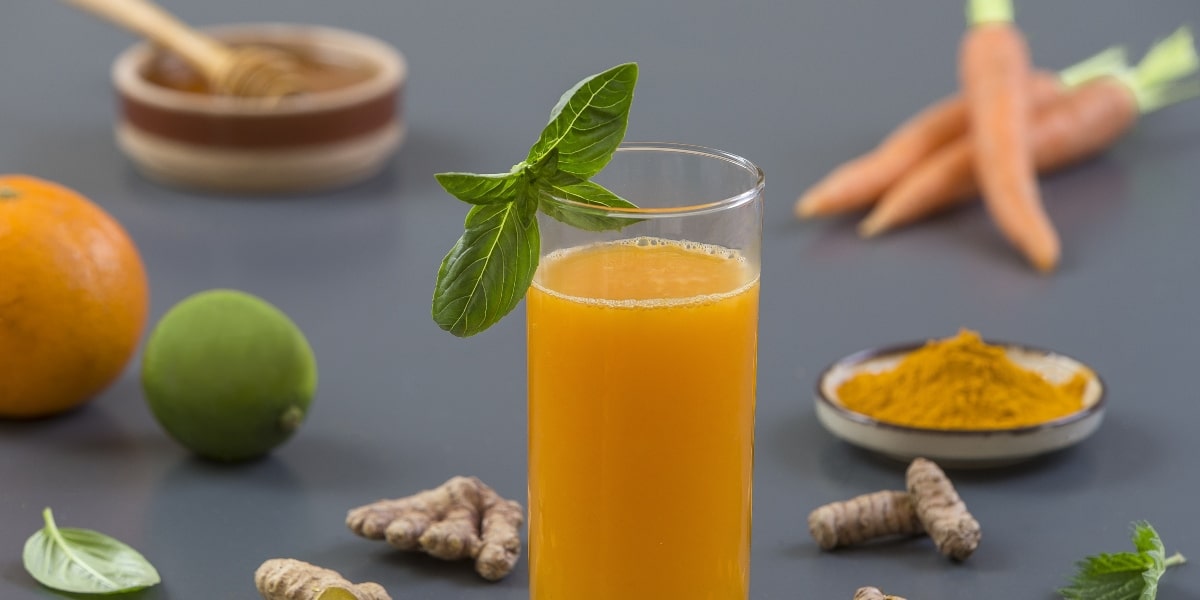7 Tips for Lowering Inflammation Naturally
Inflammation is the body’s natural response to injuries and infection, but prolonged inflammation can cause more harm than good. A number of factors, from the environment to certain health conditions, can cause long-lasting inflammation. Medications can reduce chronic inflammation, but taking these medications long term can cause their own health problems. Fortunately, there are ways to reduce chronic inflammation at its source, simply and naturally, without the use of drugs.
Types of Inflammation
Acute inflammation can develop after an injury—a twisted ankle can swell up, for example, and the site of a bee sting gets puffy to help promote healing. Acute inflammation goes away quickly and rarely poses a problem. Inflammation lasting longer than three months, on the other hand, can cause serious health problems. Chronic inflammation may contribute to the development of diseases, such as heart disease, diabetes, cancer, arthritis, Crohn’s disease, and ulcerative colitis.
Chronic inflammation may be the result of untreated acute inflammation, an autoimmune disorder that causes the immune system to attack healthy tissue, or long-term exposure to polluted air, industrial chemicals, or other irritants. Smoking, obesity, alcohol, and chronic stress contribute to inflammation.
The Problem with NSAIDs
Taking non-steroidal anti-inflammatory drugs, also known as NSAIDs, can reduce inflammation but at a price—taking NSAIDS for months or years can cause harmful side effects. Long-term NSAID use is associated with an increased risk of heart problems, such as heart attacks, strokes, and heart-related death. Chronic NSAID use can also increase the risk of stomach problems, such as ulcers and bleeding in the gastrointestinal tract, and reduce blood flow to the kidneys. The longer someone takes NSAIDs, the higher the risk.
There are a number of ways to reduce inflammation naturally. Many involve small lifestyle modifications, such as dietary changes. Others involve the use of advanced technology.
How to Lower Inflammation Naturally
1. Consume foods high in omega-3 fatty acids
Omega-3 fatty acids are a healthy type of fat found in many foods, such as fish oil and flaxseed oil. These fatty acids can reduce the production of molecules and substances that lead to inflammation. Eating food high in omega-6 fatty acids, such as red meat and dairy products, can also lower inflammation. Omega-3 fatty acids are also available in supplement form.
2. Flavor food with herbs
Herbs add flavor to food, and certain herbs have anti-inflammatory effects. Curcumin gives the curry spice turmeric its unique flavor, for example, and research shows it inhibits the molecules that cause inflammation. Other research shows ginger may relieve inflammation more effectively than NSAIDs. Garlic, cardamom, black pepper, and ginseng may also reduce signs of inflammation in the body.
3. Practice yoga
Yoga can reduce the levels of interleukin-6, which is a marker doctors use to detect the presence of inflammation. In fact, one study shows that participants who did yoga regularly had 41 percent lower levels of interleukin-6 than those who did not practice yoga.
4. Eat foods known to have anti-inflammatory effects
Certain foods have anti-inflammatory effects. They contain antioxidants, which help balance free radicals caused by oxidative stress. These foods include:
- Blueberries, raspberries, blackberries, and other types of berries
- Cherries
- Apples
- Avocados
- Artichokes
- Dark green leafy vegetables, such as spinach, kale, and collard greens
- Broccoli
- Sweet potatoes
- Walnuts, pecans, almonds, hazelnuts, and other types of nuts, excluding peanuts
- Beans, such as pinto beans, red beans, and black beans
- Whole grains, including brown rice and oats
- Dark chocolate containing at least 70 percent cocoa
- Tomatoes
- Olive oil
5. Avoid eating foods known to cause inflammation
Inflammation-causing foods may include:
- Red meat
- Fried foods
- Foods and drinks with added sugar
- Highly processed foods
- Unhealthful fats, such as saturated and trans fats
6. Make Lifestyle Changes
Certain lifestyle factors can influence the development of inflammation. In many cases, making a few lifestyle changes can reduce inflammation. These lifestyle changes include:
- Managing stress: practicing meditation, mindfulness, and tai chi can help
- Avoiding smoking
- Limiting alcohol intake
- Exercising regularly
- Getting enough high quality sleep
7. Undergo Red Light Therapy
Red light therapy from TheraLight is a type of photobiomodulation (PBMT) that uses the power of light energy to reduce inflammation. Specifically, PBMP uses red light wavelengths that penetrate the skin to reach cells deep within the body. Once absorbed into cells, red light stimulates the mitochondria, also known as the powerhouse of the cells. Mitochondria turn food energy into fuel the cell can use to function.
Stimulating the mitochondria in this way also helps produce inflammatory mediators, which reduce inflammation in the treatment area. Red light therapy by TheraLight also stimulates circulation to the area to allow the bloodstream to carry away excess fluids that cause inflammation. Healthcare providers can combine TheraLight with other treatments. The treatment is non-invasive, comfortable, effective, and works quickly to reduce inflammation.
For more information on how to reduce inflammation, and how red light therapy from TheraLight can help you feel better, contact your local PBMT provider. This safe, non-invasive treatment can ease inflammation, promote healing, and provide a wide variety of other health benefits.

